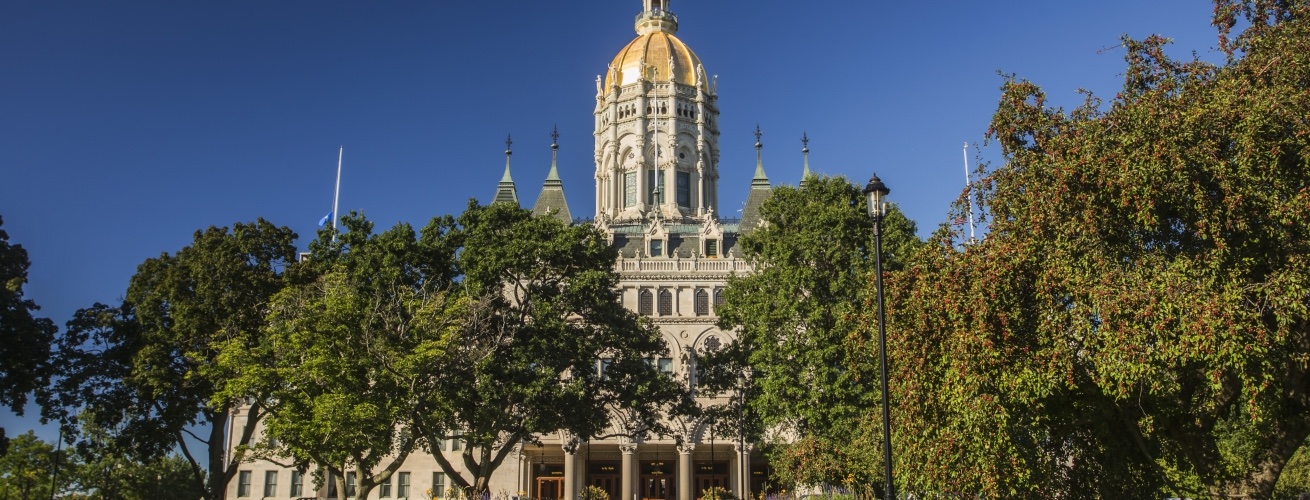“I always wanted to live in the neighborhood some day. The problem is when I move in, y’all move away.” —Eddie Murphy as Mr. Robinson, Saturday Night Live
If integration policy is a complicated concoction, it’s been boiling over lately. Perhaps it should. Mixing such volatile societal elements as race, class, location and education is tricky, bordering on downright dangerous. And people of all colors are engaged in this fight where a failure to win could mean we remain farther apart instead of coming closer together.
I support school integration, but I find many of the plans haphazard and random. Look at New York’s latest integration plan, which mandates 30 percent of students be low-income. Why 30 percent, other than that it is triple of 10 percent?
Many folks have been writing on this subject, and they touch on much of what I believe: that quality should be priority one and that innovation and access are key. But there are a few things hiding in plain sight that need to be addressed as well.
To draw a line up front: a preference for neighborhood schools is preference for segregated schools. You can not pursue the primacy of schools that enroll themselves based on residence and forced assignment while also calling yourself a champion of integration and school diversity. These two things cancel each other out.
Those who subscribe to the notion that neighborhood schooling is the best and most productive way to organize public education are affirmatively supporting school segregation. They can call it fighting for local identity, but it’s really just fighting for separation and distance.
Neighborhood schooling is shorthand for a series of other closely related local issues—identity, control, economics—that drive exclusivity and wealth, largely in the form of property value. Today’s housing patterns, particularly in population dense regions, remain intractably segregated; and many seem purposefully organized to remain that way. This is an ironic side effect of the deliberately discriminative housing policies of the mid-twentieth century.
Take New Jersey, whose 580 school districts are a great example of this phenomenon. Though the state masquerades as a model of progressive behavior, its towns and schools remain deeply segregated in all but a few cases—despite a state constitutional provision prohibiting segregated schools. The “quaint” nature of tiny, homogenous towns whose school attendance zones match their municipal boundaries is sold as a feature, not a deficit, of living in the Garden State. Though some believe this is a problem, not much is changing.
New York escalates New Jersey’s problem with density. The five boroughs alone have almost as many residents as the entire state of New Jersey, while the city’s school system enrolls almost as many students—1.1 million—in total. A recent analysis of the city’s 1,800 schools found that only two of them remotely resembled the average demography of the city, a notable fact for those who want charter schools to resemble their home districts.
If you’ve ever lived in New York, you know that neighborhoods drive everything, including school attendance. Folks beg, borrow and steal for a postage-stamp sized apartment in Tribeca or on the Upper West or Upper East Sides because the schools reflect what it takes to live there: money, influence, education and, for the most part, white skin. Throughout my residency, I routinely asked a blonde haired, blue eyed friend to scout apartments for me, thinking that landlords and neighbors would be less shocked to see me if they saw someone who looked like them first.
The West Side is a petri dish for the things that drive school segregation, including a lack of political will. Mayor Bill de Blasio recently attempted to fulfill one of his campaign promises—to bring rich and poor New Yorkers together—by suggesting a school on the West Side be better integrated. All hell broke loose, and within a week the mayor had changed his tune.
Instead of integration (which the mayor crusades for in the city’s selective high schools) suddenly he was a champion of parental “choice” and real estate appreciation, asserting, “You have to also respect families who have made a decision to live in a certain area oftentimes because of a specific school,” adding that those families have “made massive life decisions and investments because of which school their kid would go to.”
The translated message is simple: New York City has a private school for you if you can afford an apartment near it.
All of this is to say that pursuing integration as a lever for school change is complicated (even if it’s worthy), and that integration should be approached with both humility and skepticism in equal measure.
On the humility front it’s worth considering that people can integrate themselves through choice better than they can be integrated through arbitrary formulas and central command. The International Charter School in Brooklyn is specifically committed to building a diverse school community by leveraging an attractive theme (a comprehensive, coherent curriculum, a strong focus on character, a student body reflective of the community) and parental choice. It relies on interest, not location, to build its student population. It accepts the world as it is: parents might not want to live together, but they will chase quality schooling when it includes integration.
Percentages and formulas miss the nuance inherent in the mixing of people, which is something so alive and complicated that trying to pick an ideal target for it seems asinine if not impossible.
The skepticism, though, may be more important. Those who inhibit change in our education system are also those that created the segregated conditions at hand. And their game is one of shiny objects—of distractions from creating systems that actually educate our children today. More to the point, they organize their inefficacy around issues that make emotional sense to people (“poverty is a bad thing”) and then frame the fixing of these issues as the a precondition to the education of low-income kids of color. It’s an oft-used tactic because it works and segregation could be the latest iteration of it.
School segregation, like poverty, may not be “fixable” but it is indeed a great and powerful distraction to the public mind. One that currently has many people concerned with the mixing of our kids in schools instead of their education. On this, folks need to stay woke, as distraction itself is the enemy.
Is the world a better place when we are closer to those who are different than we are? I think the answer is yes. Should black and brown kids need to be in rooms with white kids to make sure they are well educated? That may be another matter entirely.







